Environment
Why Are So Many Firefighters Still Struggling to Afford Housing?
Wildland firefighters have been sounding the alarm on a lack of accessible housing. Is anyone listening?
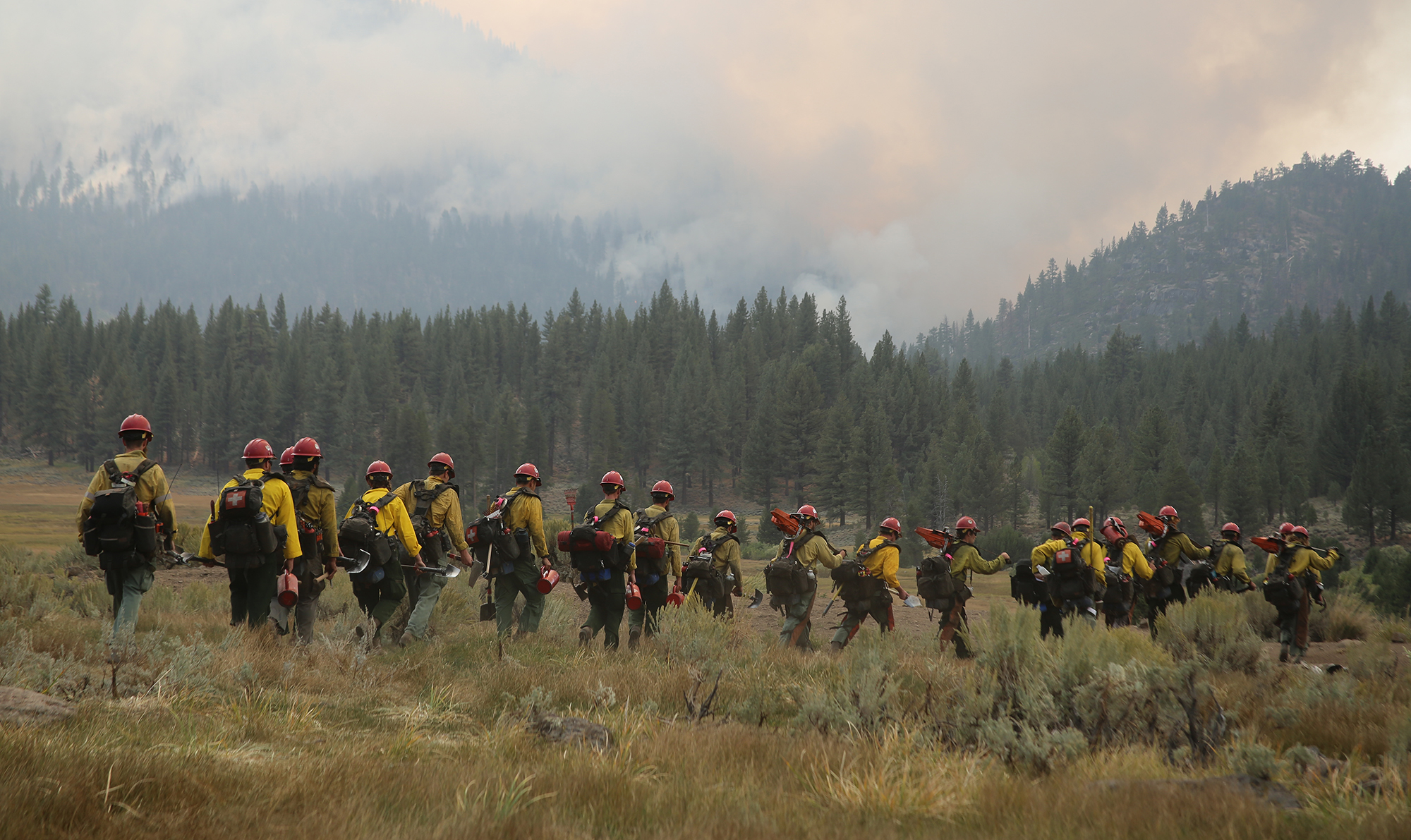
This article originally appeared in Nexus Media News and was made possible by a grant from the Open Society Foundations.
As the U.S. hurtles into another brutal wildfire season, the country is facing a dire shortage of federal firefighters. Last month, U.S. Forest Service Chief Randy Moore told Congress that, in some Western states, crews are short by as much as 50% as the agency struggles to retain and grow its ranks. It’s an issue he attributed to notoriously low wages, which pale in comparison to state and private jobs — and can price firefighters out of housing in the areas they’re assigned to protect.
That doesn’t surprise Pete Dutchick, a veteran wildland firefighter in California and member of Grassroots Wildland Firefighters, a committee advocating for higher wages and housing stipends. During his two decades of service, he sometimes resorted to living out of his truck; with firefighter wages starting at $11 per hour during much of his tenure, he said many of his colleagues also lived out of their cars rather than pay rent on an apartment for the season.
Things have gotten worse for newer generations of firefighters, as housing costs have risen while pay remained stagnant. In recent years, Dutchick supervised a crew of military veterans in Northern California who resorted to “beat up” housing that was infested with rodents.
“They’re coming back after being on fires for 14 to 21 days, and there’s rat and mice feces all over the place in their beds,” Dutchick said. Some ended up opting to live out of their cars instead; a number have since left the profession.
In California, those persistently low wages, raised to a minimum of $15 an hour only in the last year, are colliding with a fire season made longer and more intense by climate change and an affordable housing crisis.
For some in this roughly 15,000–person workforce employed by the departments of Agriculture and Interior and tasked with maintaining federal lands, the widening gulf between their wages and housing prices — which have gone up 12% in the state since last year — has been the final straw. According to one recent BuzzFeed News report, California is short by more than 1,000 wildland firefighters.
One former seasonal wildland firefighter, who lives in the San Francisco Bay area and asked to remain anonymous due to fear of retribution (the Forest Service directs wildland firefighters not to speak with media without agency approval and has punished employees for doing so), told Nexus Media News that housing instability was part of the reason he recently chose to retire.
Over the years, he slept in a tent outside his duty station and crammed into a three-bedroom house with several workmates. He rented a $1,200-a-month apartment on his own at one point, but that cost nearly half of his base-rate monthly salary, he said. Like Dutchick, he eventually decided to live out of his car during fire seasons (in the off-season, he lived about 100 miles away from where he was typically stationed). He had nowhere to store perishable food and struggled to keep up his hygiene, particularly during the hot summer months. He left the windows of his sedan open at night to stay cool, becoming a target for mosquitos.
“You don’t really think about those small details until you’re there,” he said. “Until it’s ‘What am I going to eat tonight?’ Or ‘Am I going to sleep tonight?’”
“There’s always going to be suffering associated with wildland fire,” Dutchick said. The work itself is physically grueling, often performed for long hours in high heat, with sleep relegated to a few hours “in the dirt” during intense work periods, he said. One report found that the U.S. Forest Service’s 10,000 firefighters logged an average of 2,500 work-related injuries each year. It takes a mental toll, too: According to one estimate, wildland firefighters are 30 times more likely to die by suicide than the general U.S. population. All of that considered, housing shouldn’t have to be an added stressor, Dutchick said.
“Being able to come back into a routine when you’re not on a fire, to recoup and rest and have some sense of normalcy, I think, is so important,” he said.
In April, Grassroots Wildland Firefighters posted callouts on Instagram and other social media for wildland firefighters to document substandard housing facilities, including those owned by government agencies. (While federal agencies do not guarantee housing, it is provided to certain crews based on availability, and in some areas, crews are required to live in government-owned housing.)
View this post on Instagram
In responses to the callouts shared with Nexus Media News, firefighters detailed dilapidated housing conditions, including broken plumbing systems, contaminated water, mold, vermin infestations and even structural concerns, with one firefighter complaining of housing that had slipped off its foundation.
One lease document from the National Park Service classified a full-time wildland firefighter as a “required occupant,” with rent taken straight from their paychecks. Between June 2022 and December 2023, the tenant’s rent is slated to increase from about $550 to more than $800, despite the rental unit being listed in “fair/poor” condition by the agency. A public affairs officer from the National Park Service confirmed that such rentals have seen a steep increase this year due to inflation.
Other respondents shared experiences of living out of their cars or work stations, or camping due to a lack of affordable options. One firefighter in the Lake Tahoe region, the site of last year’s Caldor Fire, said he could not afford rent in the area on $16 per hour wages. “This year I will be living out of a travel trailer parked at our base,” he wrote.
The plight of federal firefighters gained some attention last year when Tim Hart, a smokejumper, died from his injuries after fighting a wildfire in New Mexico. His widow, Michelle Hart, was left with tens of thousands of dollars in medical bills after her husband’s death.
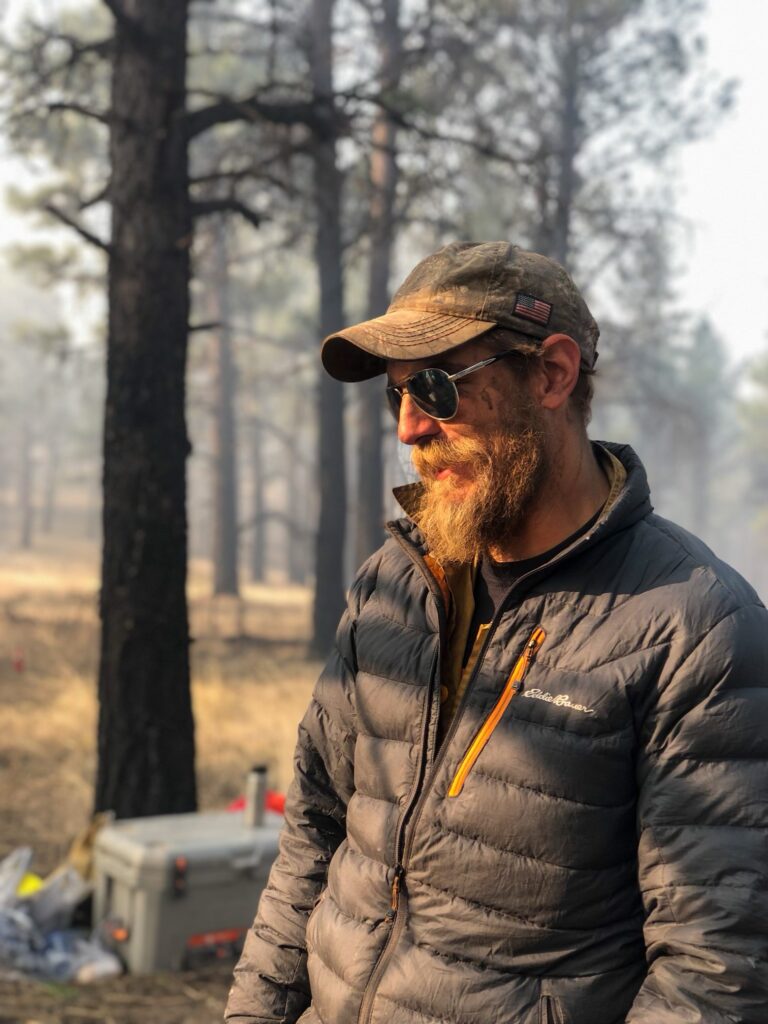
Firefighter Tim Hart. Photo: U.S. Forest Service.
In October, Rep. Joe Neguse (D-Colo.) and Rep. Liz Cheney (R-Wyo.) introduced the Tim Hart Wildland Firefighter Classification and Pay Parity Act, which would increase wages and offer housing allowances to wildland firefighters deployed more than 50 miles from home. The following month, Congress approved $600 million for federal firefighter pay, earmarked for understaffed areas, as part of the Infrastructure Investment and Jobs Act.
On June 21, after months of delays, the White House and federal agencies announced temporary pay increases, including retroactive pay from last fall, that would serve as a “bridge for two years as the Administration works with Congress on longer-term reforms.”
When asked about the housing issue specifically, E. Wade Muehlhof, deputy national press officer for the Forest Service, told Nexus Media News, “The Forest Service has a team looking at long-term housing concerns for all of our employees. We know the cost of living and housing can be prohibitive in the communities we serve.” When reached by email, a representative from the Department of the Interior declined to comment.
Tim’s Act, despite bipartisan support, is still sitting before the House Subcommittee on Conservation and Forestry. Rep. Neguse characterized moving the bill forward in Congress as an “uphill battle” and admitted to concerns about its passage in the Senate.
He pointed to the recent passage of a bill in the House that would make it easier for firefighters to access health benefits as cause for optimism. Similar legislation had been introduced, but not passed, for more than 20 years. It, too, has yet to make it through the Senate.
“The ability for the Senate to take up pivotal legislation like Tim’s Act has been hampered in recent years,” Rep. Neguse told Nexus Media News. “As many of my colleagues and I say, it’s where all good ideas go to die.”

-

 Latest NewsNovember 19, 2025
Latest NewsNovember 19, 2025How Employers and Labor Groups Are Trying to Protect Workers From ICE
-

 Latest NewsNovember 18, 2025
Latest NewsNovember 18, 2025Future of Special Education at Risk, Teachers Say, as Trump Moves to Cut Staff and Programs
-
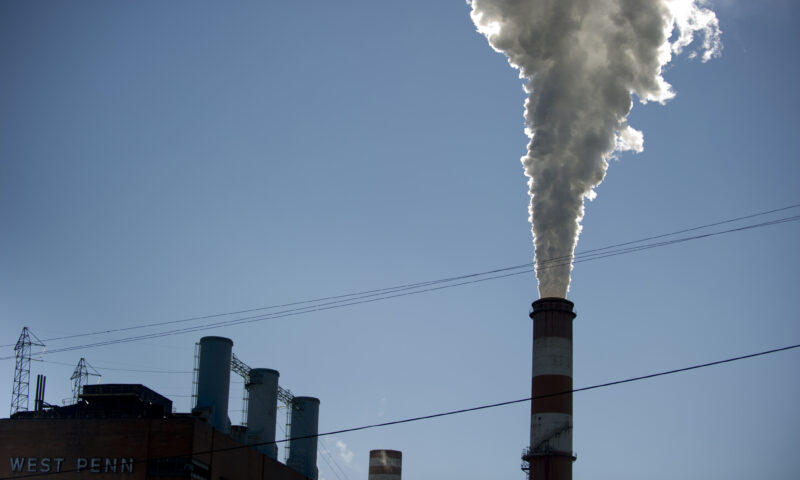
 The SlickNovember 18, 2025
The SlickNovember 18, 2025After Years of Sparring, Gov. Shapiro Abandons Pennsylvania’s Landmark Climate Initiative
-
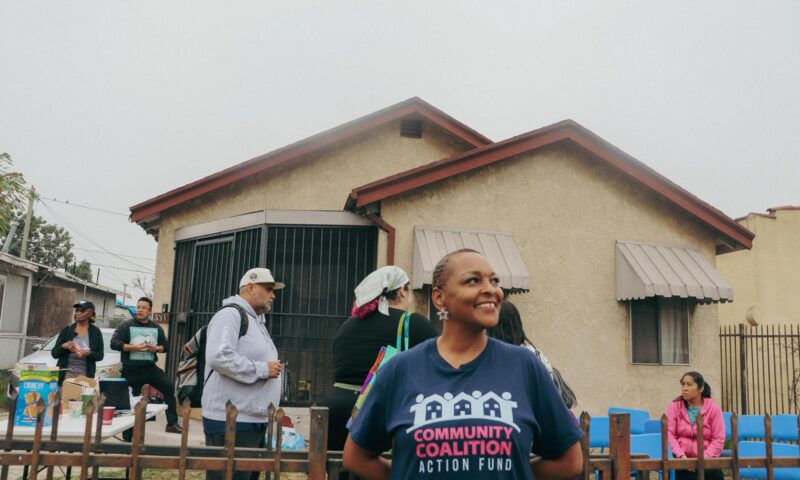
 Latest NewsNovember 17, 2025
Latest NewsNovember 17, 2025In South L.A., Black and Latino Neighbors Unite Against ICE as Systems Fail
-

 StrandedNovember 25, 2025
StrandedNovember 25, 2025‘I’m Lost in This Country’: Non-Mexicans Living Undocumented After Deportation to Mexico
-
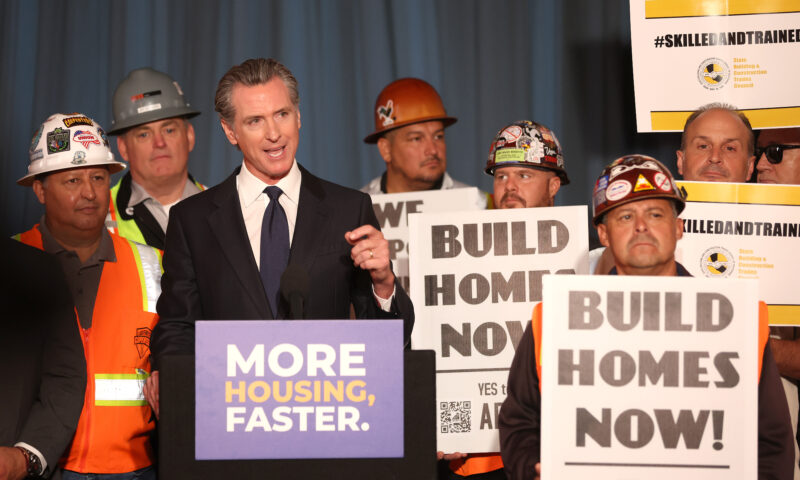
 Column - State of InequalityNovember 21, 2025
Column - State of InequalityNovember 21, 2025Seven Years Into Gov. Newsom’s Tenure, California’s Housing Crisis Remains Unsolved
-

 Column - State of InequalityNovember 28, 2025
Column - State of InequalityNovember 28, 2025Santa Fe’s Plan for a Real Minimum Wage Offers Lessons for Costly California
-
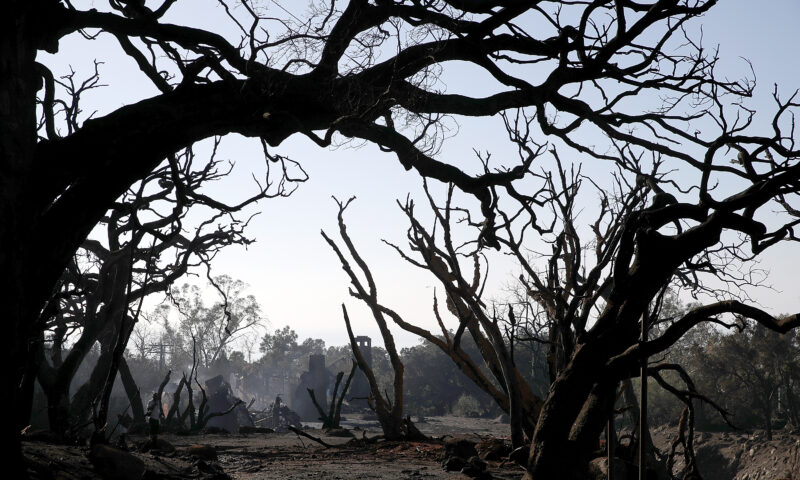
 The SlickNovember 24, 2025
The SlickNovember 24, 2025California Endures Whipsaw Climate Extremes as Federal Support Withers

